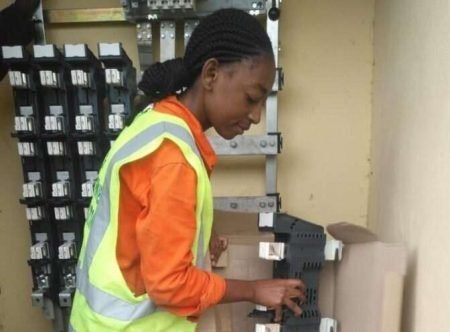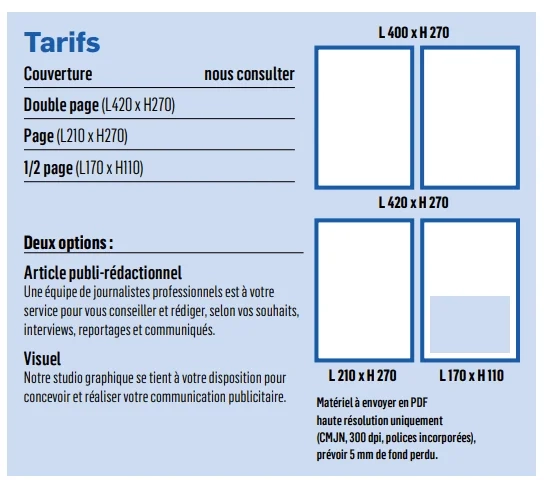Space not available
Reserve this advertising space
Selected ad format
The file format is not recognized
Click here for
upload an ad
Click here to download
an announcement
Here drag and drop or
upload an ad
Send the ad up to 8 days after payment
A link will be sent to you by contact@via-agency.media
Reserved space
Announcement transmitted
Reference

Until now, electricity was supplied by gas-fired power plants and dams. hydroelectric. Thanks to the energy mix, Congo aims to achieve an electricity access rate of 50% in urban and rural communities by 2030.
Space not available
Reserve this advertising space
Selected ad format
The file format is not recognized
Click here for
upload an ad
Click here to download
an announcement
Here drag and drop or
upload an ad
Send the ad up to 8 days after payment
A link will be sent to you by contact@via-agency.media
Reserved space
Announcement transmitted
Reference
In terms of electricity production infrastructure, Congo can rely on the gas-fired power plants of Côte Matève (300 MW) and Djeno (50 MW) as well as thermal power plants for Brazzaville and the departmental capitals. The Imboulou hydroelectric power plant (120 MW) as well as the Liouesso hydroelectric power plant, with a capacity of 19 MW, have been commissioned, and the Moukoukoulou hydroelectric power plant (74 MW) has been rehabilitated. With the commissioning in 2022 of the new gas turbine in Pointe-Noire, with a capacity of 170 MW, the energy production of the Congo Power Plant reaches 484 MW and thus makes it possible to supply more than 2 million households. The total electrical power of the Congo is now 650 MW for an electrical demand of 600 MW. Increasing the capacity of the Congo Power Plant will undoubtedly contribute to improving energy supply and reducing power outages in the country's two main cities. In 2015, the electricity transmission lines stretched over 1,500 kilometers, whereas in 2002, these lines were only 700 kilometers long. The network has therefore more than doubled.
Space not available
Reserve this advertising space
Selected ad format
The file format is not recognized
Click here for
upload an ad
Click here to download
an announcement
Here drag and drop or
upload an ad
Send the ad up to 8 days after payment
A link will be sent to you by contact@via-agency.media
Reserved space
Announcement transmitted
Reference
However, the electrification rate in rural areas remains very low, at less than 10,000 km3, according to official sources, while in urban areas, the electrification rate is estimated at 47,000 km3. The electrification of rural communities is among the government's priorities. To complete the Energy Boulevard, the government has set itself the challenge of resolving the issue of the transmission and distribution of available energy. Indeed, energy is not consumed at production sites; it must be transported to transformation points, and once transformed, the energy must be distributed. However, the distribution network is extremely fragile. Secondary transformer stations, like medium- and low-voltage lines, are obsolete. This situation explains the recurring power outages. Another area of expected progress: the extension of energy transmission to the outlying areas of large cities.
Space not available
Reserve this advertising space
Selected ad format
The file format is not recognized
Click here for
upload an ad
Click here to download
an announcement
Here drag and drop or
upload an ad
Send the ad up to 8 days after payment
A link will be sent to you by contact@via-agency.media
Reserved space
Announcement transmitted
Reference



















 A Seat That Transforms into a Bed
A Seat That Transforms into a Bed  In the world of air travel, economy class is often considered the most affordable option. However, at Air Afrika, we believe that affordability shouldn't mean compromising on quality of service. Our class
In the world of air travel, economy class is often considered the most affordable option. However, at Air Afrika, we believe that affordability shouldn't mean compromising on quality of service. Our class









